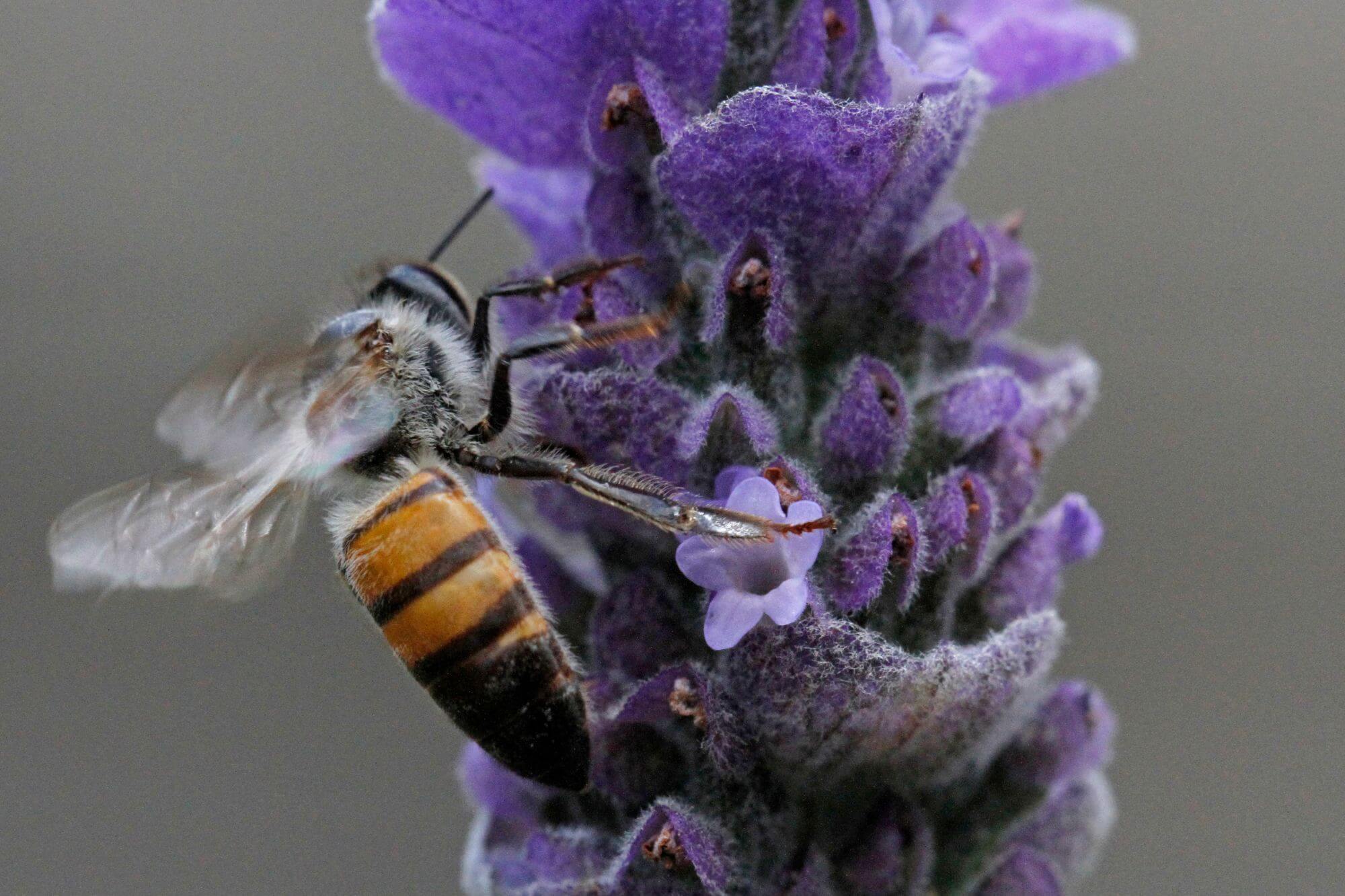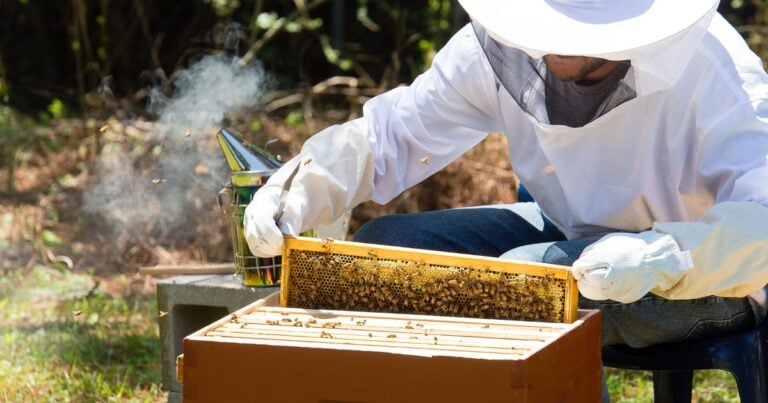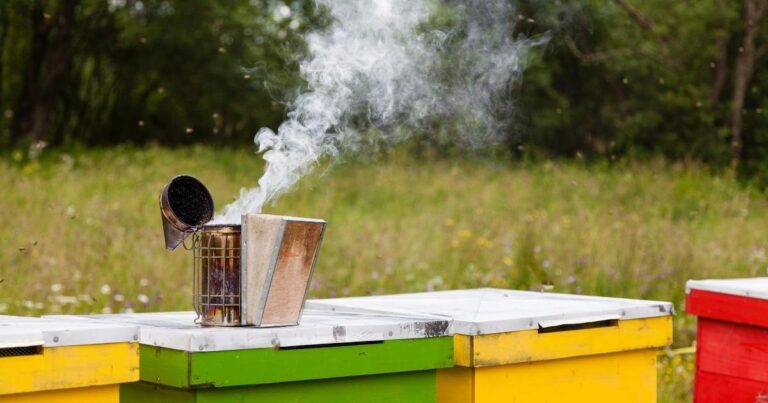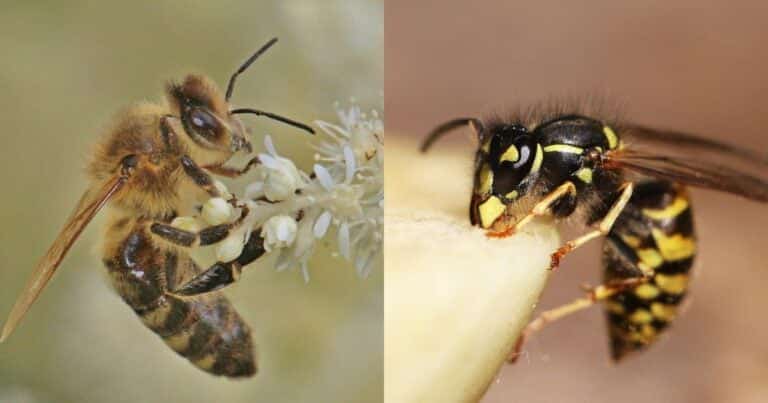Bees and Flora: The Rules of Attraction
Have you ever wondered why bees are attracted to certain plants? Find out which plants bees love the most, and how these plants maximise their desirable qualities.

It’s always been important to me to find easy ways that everyday people can bring bees into their lives. For those with properties out of town, this might be acquiring a handful of hives of your own; for smaller homes in urban locations, perhaps just one or two hives.
But for people who can’t keep bees for whatever reason, I encourage the planting of a bee-friendly garden to attract and grow local bee populations.
Those of you who have been following my blogs and posts will know some of the key plants and flowers I recommend we all have growing in our backyards. They have special qualities that bees go crazy for.
These include lavender, bottle brush, lemon myrtle, daisies, alyssum, cosmos and herbs like thyme, mint and oregano (to name just a few).
It’s also very important to make sure there’s a large quantity of flowers around at any one time and a variety of plants that bloom throughout the year.
But today I want to talk about why bees are attracted to certain plants and how these plants maximise their desirable qualities.
You see, there are very complex and fascinating networks that occur in nature that attract certain species to food and keep the circle of life rolling along smoothly.
Researchers Aphrodite Kantsa (University of the Aegean) and Adrian Dyer (RMIT University) explained this network as it occurs for bees around the world in an article on The Conversation.
They explained all bees share one thing: an ancient, colour-based visual system, which makes their eyes sensitive to ultraviolet, blue and green wavelengths of the light spectrum; due to this biological aspect, flowers have actually evolved to match this system, blooming in colours that bees can easily see.
Smell too is a powerful attractor for bees, and so flowers have developed very complex and captivating scents.
The analysis showed that flowers work together to attract bees in large groups, utilising sight and scent in different ways.
However, the results were not what the researchers expected.
Instead of omitting very unique signals so that bees knew how to find a specific flower or plant in a competitive manner, the flowers actually worked together to facilitate visits by many bees; the example given is that an unrelated species might “smell like purple”, while a species that has a red colouring might share another scent.
The data analysed by Kantsa and Dyer suggests that flowers are more attractive to bees if they work together and omit a set of reliable signals, instead of unique ones that might help a certain plant species outdo others in the field (pun intended).
Interesting stuff!



